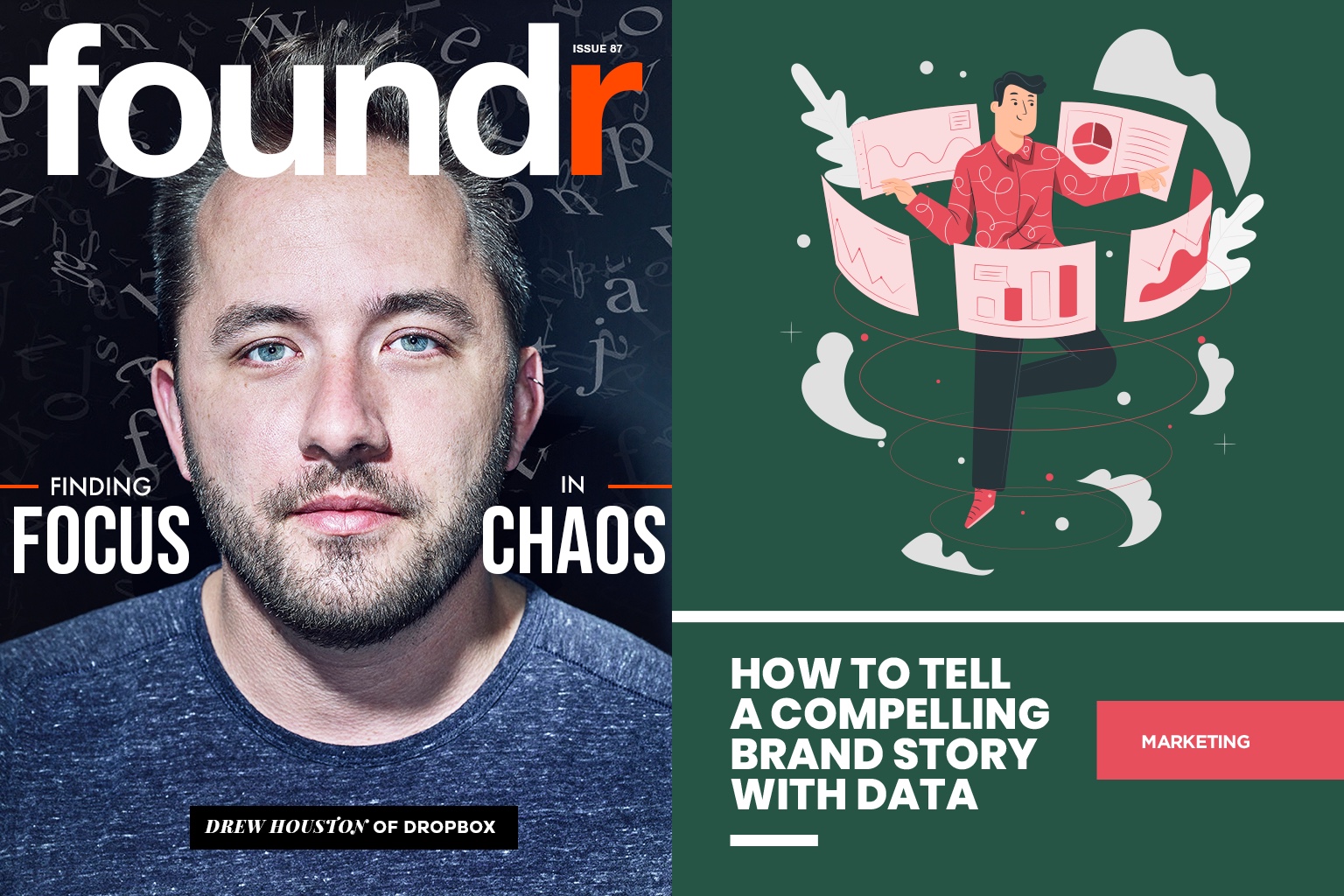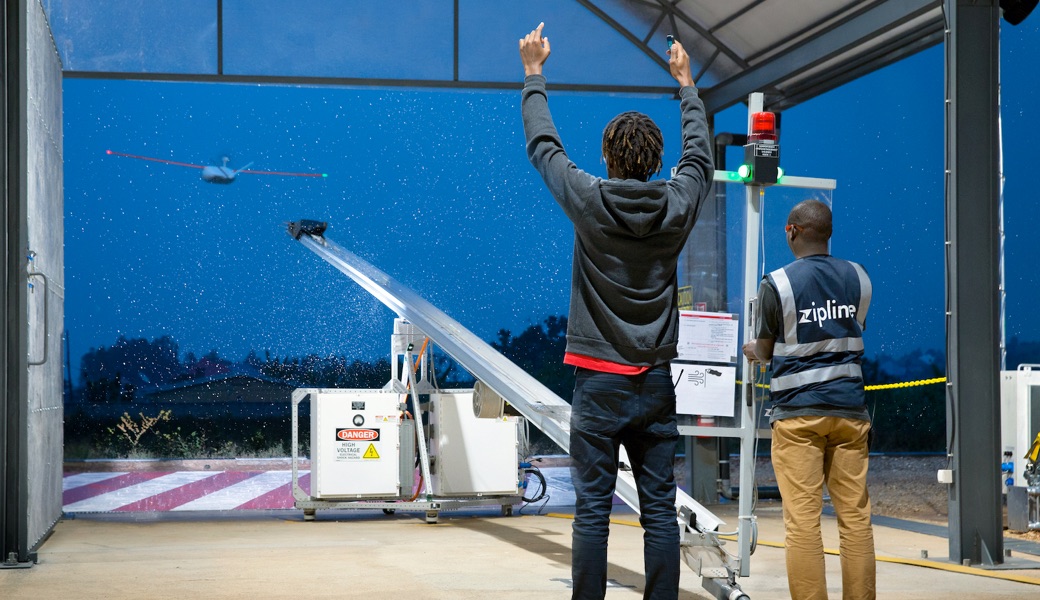
This article was featured in the May 2020 issue of Foundr Magazine
(click to view the piece)
Our ability to communicate through storytelling played a crucial role in our evolution as humans. Stories allow us to build belief around ideas even when we don’t have first-hand proof of their existence.
In a world where we rely on total strangers to supply us with everything from food, to clothes, to shelter, storytelling fuels the trust we need to exchange dollars for goods and services.
From a business perspective, that’s what marketing is all about. It’s the ability of your brand to express its unique position and value through stories with people who’ve never met you.
The better your brand is at storytelling, the easier it will be to build trust with a new audience.
To accelerate that trust, it’s helpful to provide evidence and reference points for your ideas.
That’s where data plays a key role in storytelling.
Data takes an abstract concept and grounds it in reality. When used well, data can help bridge that gap between your current situation and the promise of a new idea.
But data on its own isn’t enough. The power is in using data and storytelling together.
Research has shown that data and facts wrapped in a story are 22x more likely to be remembered.
Storytelling piques our interest and data soothes our skepticism.
That’s a potent combination.
To see how data and storytelling can work together, let’s look at a brand that’s got a great story with lots of compelling data behind it, Zipline.
Zipline’s Brand Story: Saving Lives With Technology
Zipline builds and deploys autonomous drones to deliver goods. It’s very cool technology, but it’s how they’re using this technology that makes their story stand out.
Zipline’s story starts in Rwanda, a country with a massive infrastructure problem.
In the United States, about 33% of our roads are unpaved. In Rwanda, that number is 82%.
And during Rwanda’s rainy season, those thousands of miles of dirt roads get very muddy and cause regular delays in ground transportation.
This means when someone in a remote area has a medical crisis and needs urgent supplies like blood, a slow, muddy road can be the difference between life and death.

Zipline uses autonomous drones to fly on-demand, lifesaving medical supplies to these remote areas.
Their ability to bypass roads and parachute in deliveries, means doctors can receive the supplies they need right when they need them.
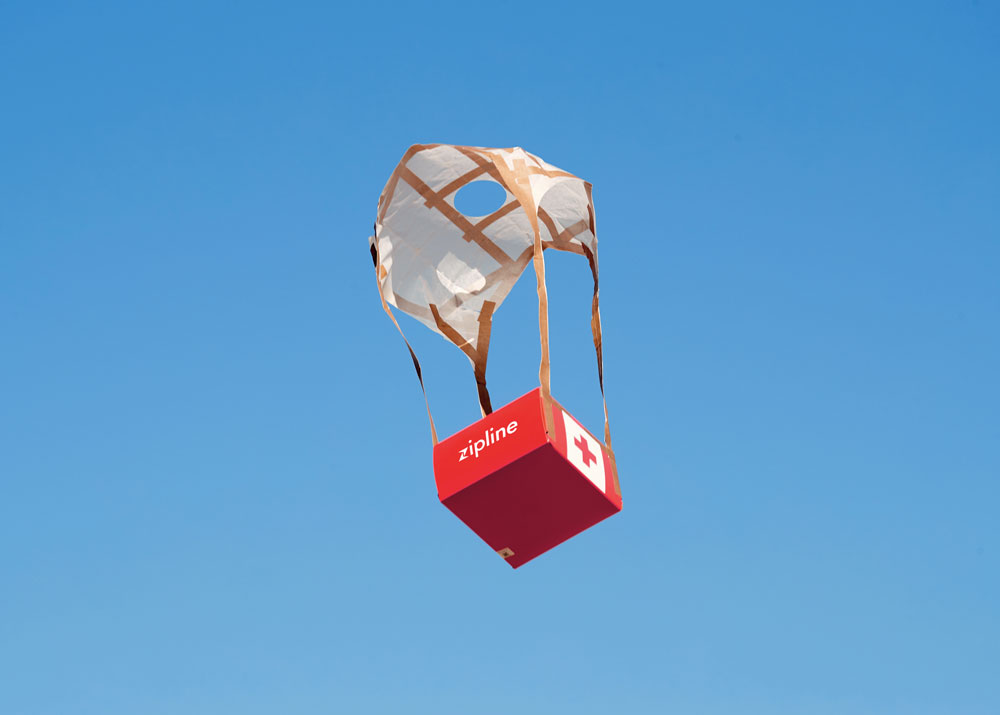
It’s an incredible and inspiring application of technology. And an emotionally captivating brand story.
Brand Story Pop Quiz: Did you catch the data point around unpaved roads?
To crystallize the problem of Rwanda’s unpaved roads, we used data to compare their situation with the United States. This did a few things:
- It made the problem feel specific
- It made it easy to understand and believe the scope and legitimacy of the problem
- It provided context to relate the story back to a situation that may be more familiar (depending on where you’re reading this)
That’s the power of data in storytelling.
It’s not about throwing facts and figures at your audience to win them over intellectually.
It’s about using data strategically to make your story more memorable and emotionally engaging.
With Zipline as our guide, here are 6 more types of data you can use with your brand.
In each, we’ll show examples from Zipline along with ideas on how that data can be used creatively to tell strong brand stories.
1. VOLUME: How Many People Have You Helped?
Zipline uses a live counter on the homepage of their site to highlight the number of deliveries they’ve made.

That number builds trust as it conveys that they have a long track record of success. That’s the type of information that implies expertise without ever needing to say it.
What makes it truly compelling though is the text right before the statistic:
“Zipline delivers critical and lifesaving products precisely where and when they are needed, safely and reliably, every day…”
These aren’t every day Amazon deliveries. These are deliveries that save lives.
Zipline could make that connection even tighter with copy like: “We’ve made xxxxx life-affecting commercial deliveries”.
How To Use VOLUME With Your Brand:
Take the number of customers you’ve served and frame it around the volume of benefits that work has resulted in for those people.
2. SPEED: How Fast Does Your Solution Work?
After years of development and refinement, Zipline has their process down to a science.
They can go from receiving a medical request, to the launch of a drone in around 5 minutes.
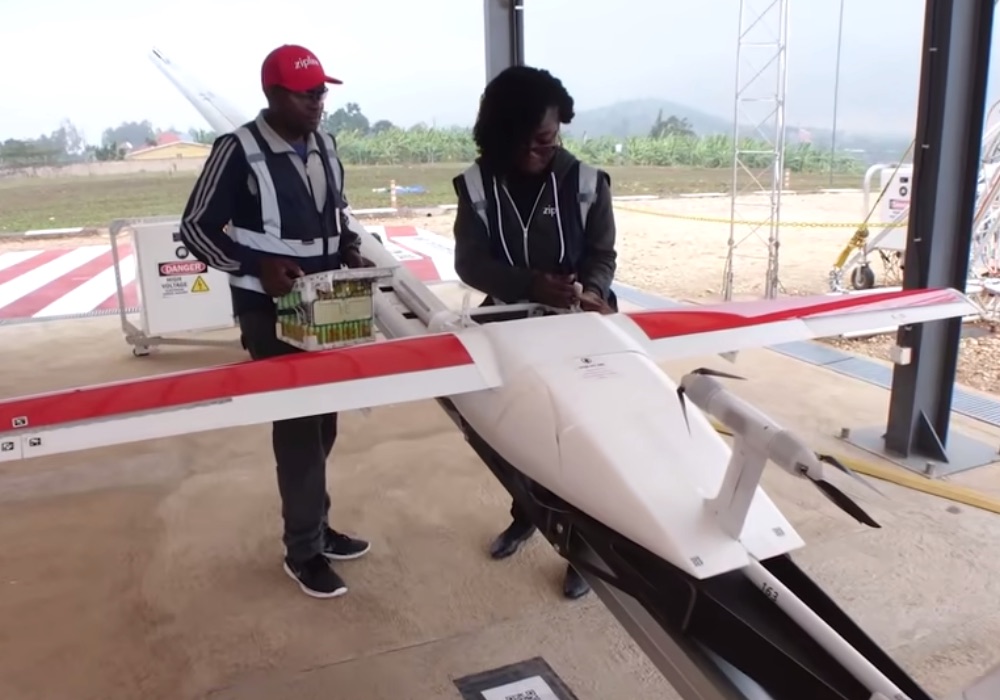
To put that into perspective, 5 minutes is roughly the average time it takes for someone to get food at a McDonald’s drive thru.
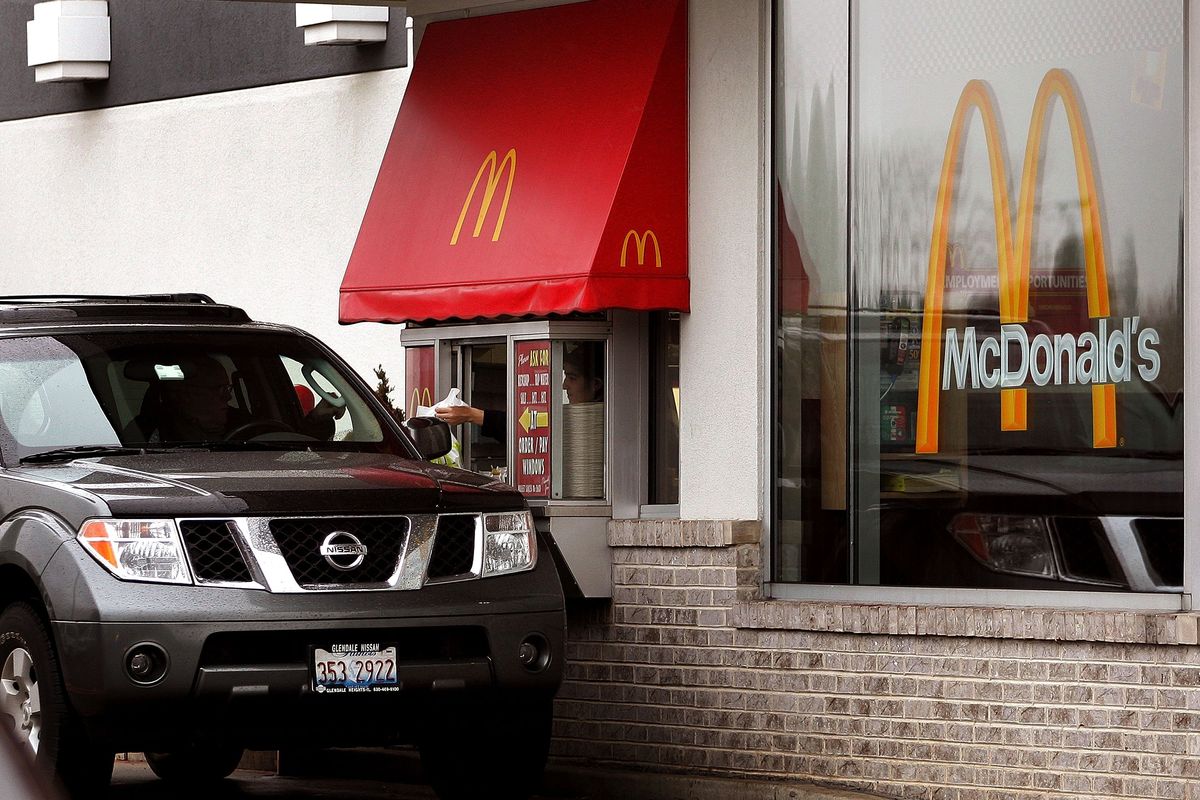
Again, this speed demonstrates the level of detail and efficiency that the Zipine team applies to their process.
The drive thru comparison is an example of how a relatable data point can ground a story and make it memorable.
How To Use SPEED With Your Brand:
If speed and time savings are a key part of your brand’s value, find a way to highlight that in a way that compares it to some other known aspect of your audience’s experience.
3. REACH: Where Can You Service People?
Rwanda is about 10,000 square miles in size, or roughly 1.3 times the size of New Jersey.

What’s amazing is that Zipline is able to service nearly that entire area with only two drone distribution centers.

That puts into perspective the reach of their drones as well as the overall efficiency of their model.
We added in the extra reference point about New Jersey to make the scope of their service easier to conceptualize.
How To Use REACH With Your Brand:
Consider how geography impacts the delivery of your offerings. Are you the top option for a hyper-local area? Do you service companies globally? What’s unique about your brand’s reach?
4. SIZE: What’s Special About Your Product’s Form Factor?
Each Zipline drone can carry a payload of 1.6kg or around 3.5lbs.
For quick comparison that’s about the weight of a MacBook, a toaster, or a small Chihuahua.
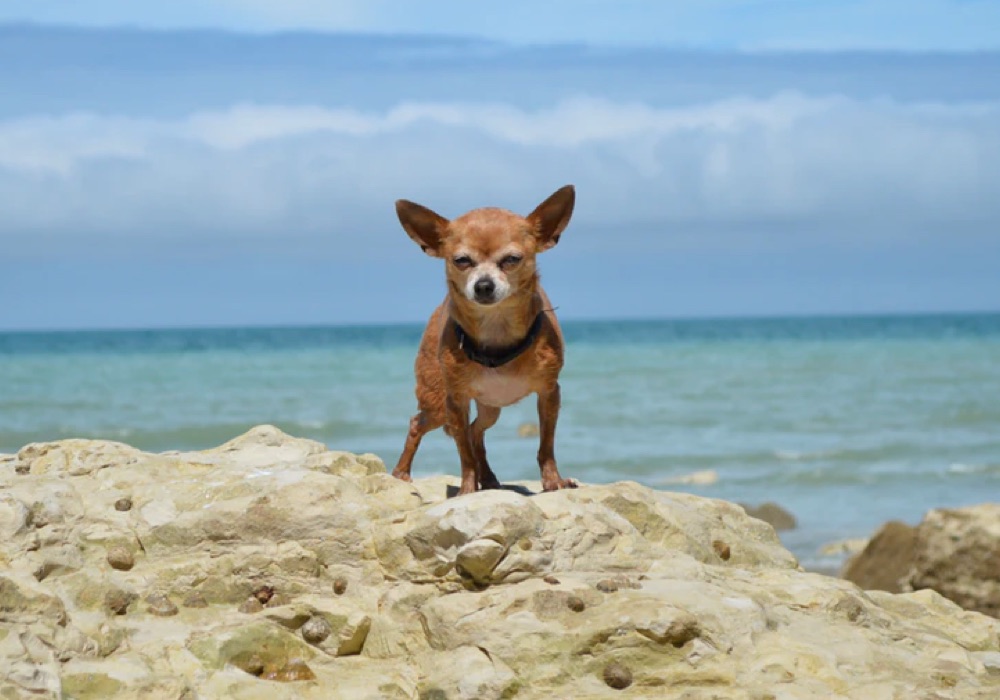
From a medical perspective, it’s equal to 3, 500ml bags of blood, or the weight of a human liver.
It’s not a lot, but again within the context of emergency medicine it’s enough to deliver critical supplies. Zipline can also deploy multiple drones to a location when larger amounts of supplies are necessary.
For someone who’s never dealt with blood bags though, a laptop creates a reference point that immediately makes sense.
How To Use SIZE With Your Brand:
If you have a physical product, consider whether its size has any specific benefits associated with it and find ways to relate that to the world of your customers.
Steve Jobs had a famous example of this when he marketed the first iPod. Nobody knew what gigabytes of storage meant for music, so instead he went with “1000 songs in your pocket”.
5. SCOPE: How Big Is The Issue You Address?
As we noted above, one of the biggest drivers of the issue in Rwanda is the lack of paved roads throughout the country. Of their 8700 miles of roads, only 18% are paved.
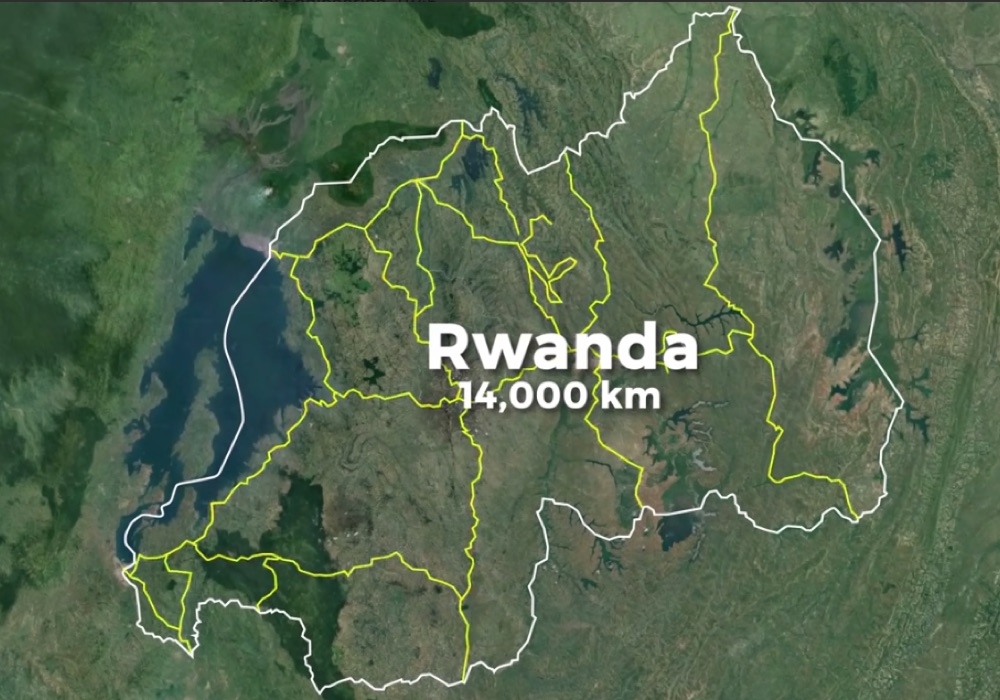
(Image via Real Engineering’s awesome breakdown of Zipline’s technology)
There are also about 12 million people living in Rwanda, which would rank it in the top 10 of U.S. states in terms of population.
Of those 12 million, 71% live outside the cities and urban areas.
By combining two separate data points, we can provide extra context to the situation and humanize the challenge even more.
How To Use SCOPE With Your Brand:
What’s the size of the audience that your brand can reach with its offerings? Do you address a problem that affects a huge number of people or possibly a very specific segment?
6. COST: What Savings Does Your Solution Provide?
While there isn’t much data around Zipline’s costs on their site, they do include one very important reference point:
Their drone service can deliver supplies at prices that are competitive with ground transportation.
It’s not super specific but it serves the same goal as the other areas — it provides context to tell a strong story.
While their technology is cutting edge it doesn’t mean the costs are through the roof. And as the technology improves and scale increases, those costs will certainly continue to drop.
Zipline could expand on these comparisons by highlighting how their electric drones reduce dependency on fuel for trucks, and in turn help cut emissions.
How To Use COST With Your Brand:
Even if your brand’s focus isn’t to be a cheaper alternative to the competition, you can find creative comparisons to put the cost in perspective relative to the value you provide.
Use Data To Make Your Brand Story Memorable
It’s easy to hear “data” and imagine dozing off in front of spreadsheets and powerpoint slides.
What the Zipline example shows is how data can actually make a story even more exciting and interesting.
The keys are to use the data that:
- Builds trust around your larger brand story
- Provides context and comparisons to make your brand story concrete and memorable
When used in these ways, data can become an awesome tool to tap into the emotions of your audience and build even stronger connections.

Get Help Telling Your Brand Story
If you’re ready to build stronger connections with your customers, reach out for a free consultation. We’ll help you transform your best business thinking into an actionable, data-driven, growth-oriented guide. Click below to learn more about the Brand Guidebook process.

